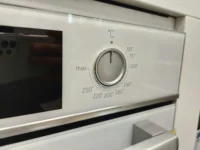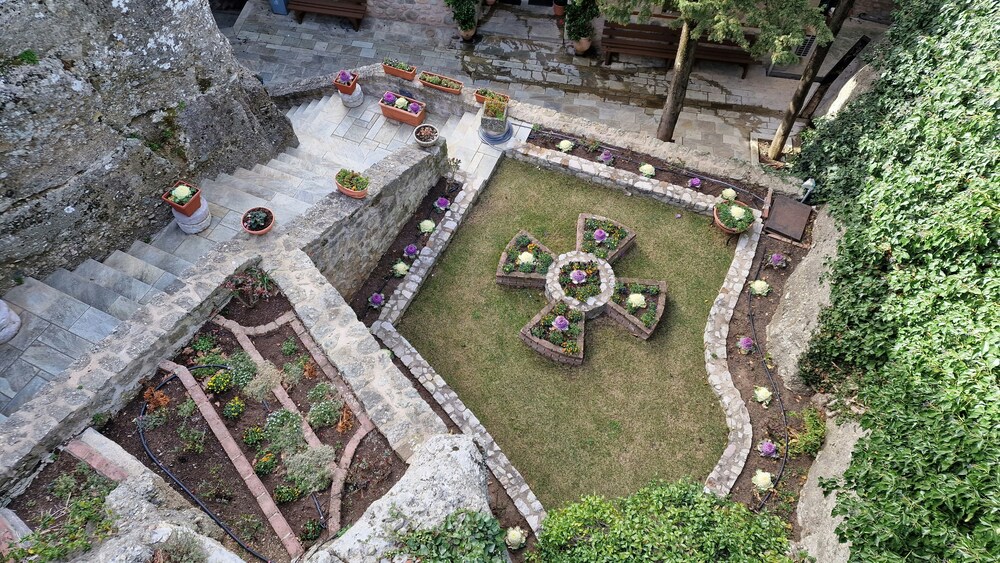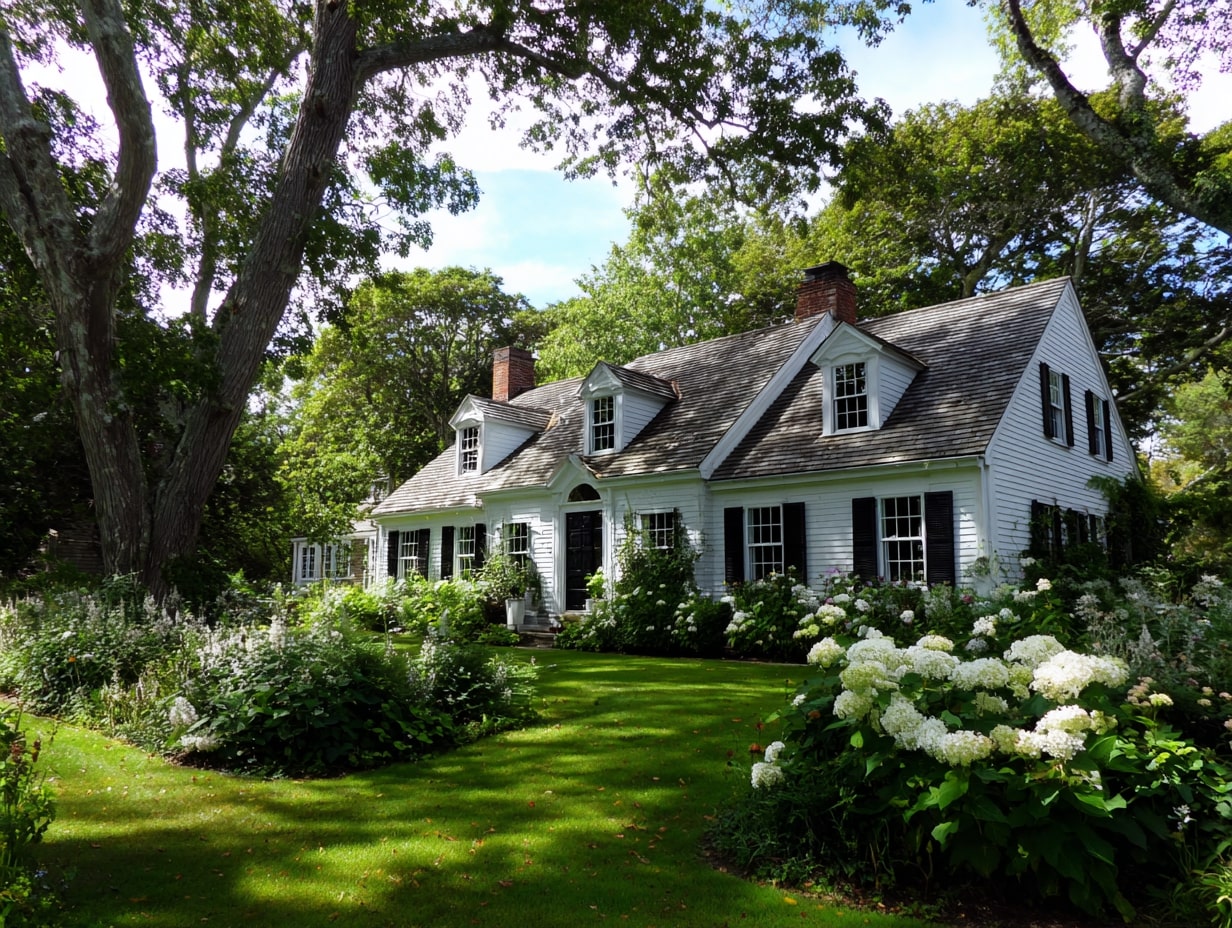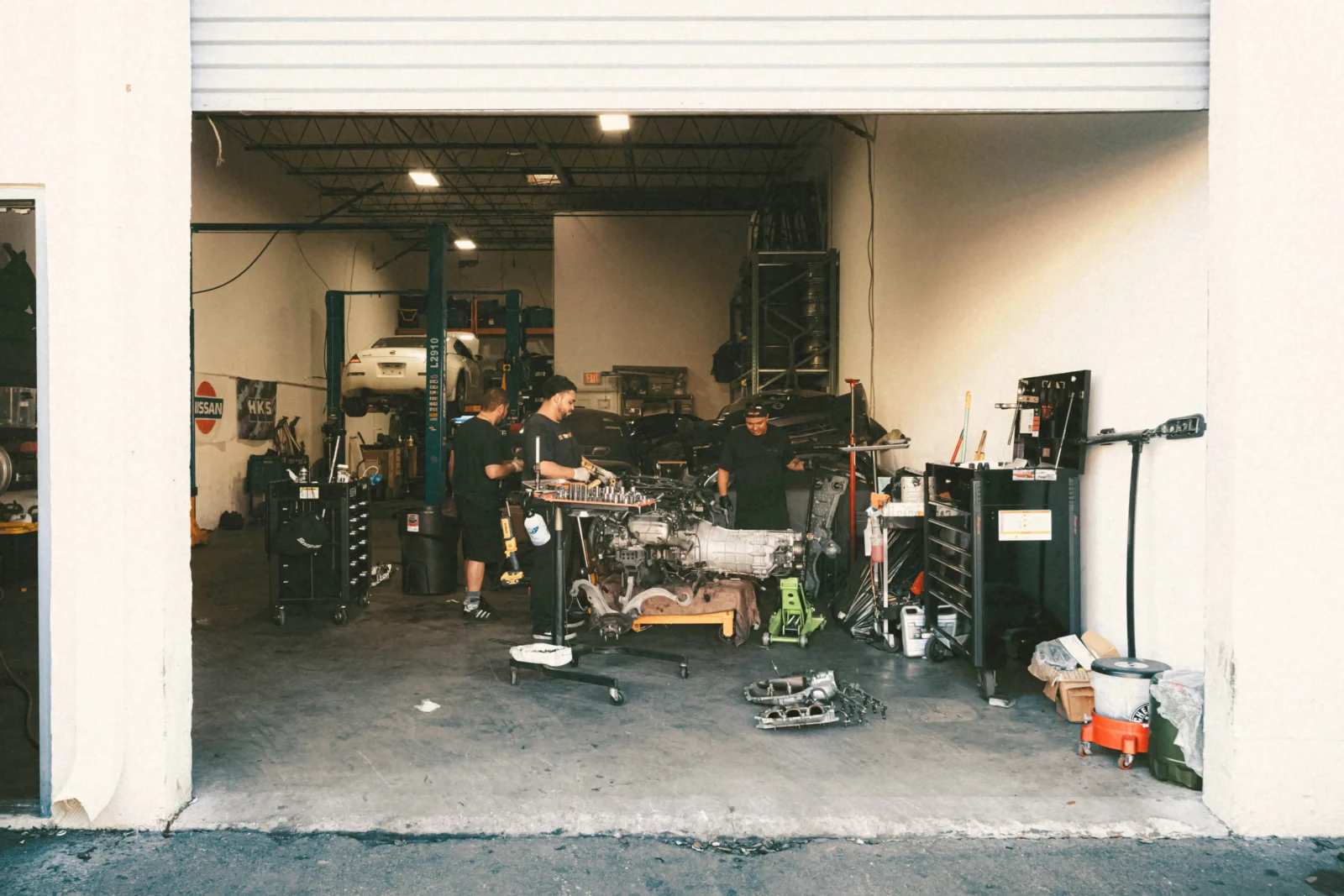- Home
- Articles
- Architectural Portfolio
- Architectral Presentation
- Inspirational Stories
- Architecture News
- Visualization
- BIM Industry
- Facade Design
- Parametric Design
- Career
- Landscape Architecture
- Construction
- Artificial Intelligence
- Sketching
- Design Softwares
- Diagrams
- Writing
- Architectural Tips
- Sustainability
- Courses
- Concept
- Technology
- History & Heritage
- Future of Architecture
- Guides & How-To
- Art & Culture
- Projects
- Interior Design
- Competitions
- Jobs
- Store
- Tools
- More
- Home
- Articles
- Architectural Portfolio
- Architectral Presentation
- Inspirational Stories
- Architecture News
- Visualization
- BIM Industry
- Facade Design
- Parametric Design
- Career
- Landscape Architecture
- Construction
- Artificial Intelligence
- Sketching
- Design Softwares
- Diagrams
- Writing
- Architectural Tips
- Sustainability
- Courses
- Concept
- Technology
- History & Heritage
- Future of Architecture
- Guides & How-To
- Art & Culture
- Projects
- Interior Design
- Competitions
- Jobs
- Store
- Tools
- More

As we venture into the future of home design, three pillars stand out, poised to redefine the spaces we inhabit. Sustainability, our promise to future generations, ensures that our homes tread lightly on our planet. Technology, the driving force of our age, seamlessly integrates into our living spaces, making them smarter and more efficient. Lastly, personalization acknowledges our intrinsic need for individuality, offering homes that are as unique as the people they shelter. Together, these three elements – sustainability, technology, and personalization – promise a future where homes are not just structures but profound reflections of our ethos, innovations, and aspirations.
Homes have always been a reflection of the times we live in. From the sturdy mud-brick houses of ancient civilizations to the steel-and-glass skyscrapers of the modern age, our abodes have mirrored our technological achievements, socio-cultural beliefs, and aspirations. As we stand on the threshold of a new age, the future of home design promises to be an exciting amalgamation of sustainability, technological integration, and deeply personalized spaces.

1. Sustainability and Eco-Friendly Designs:
The looming challenges of climate change, combined with a renewed global commitment to sustainable living, have brought eco-friendly designs to the forefront. Homes of the future will incorporate:
- Natural Materials: Bamboo, cork, and reclaimed wood are expected to replace conventionally used materials. These sustainable materials not only minimize the carbon footprint but also blend seamlessly with natural surroundings, creating a harmonious living space.
- Green Roofing and Walls: These aren’t just green in color but in essence. They play a dual role of providing insulation and a space to grow local flora, enhancing biodiversity and reducing heat islands.
- Passive Solar Design: By positioning homes to take advantage of natural light and heat, and using materials that can effectively store and release this heat, we can drastically reduce our energy needs.Credit: The House with the view of the future | Simone Micheli | Archello
2. Integration of Technology:
Smart homes are no longer a thing of science fiction. In the future, technological integration will be less about novelty and more about efficiency and improving quality of life.
- Home Automation: Voice-controlled assistants, smart lighting, security systems, and energy-efficient appliances will become the norm. Imagine a house that knows when you’re about to arrive and adjusts the temperature, lighting, and even music to your preference.
- Pop-up charging stations for kitchen countertops: These handy devices, designed for the modern, tech-infused home, offer a solution to device charging that is as sleek as it is practical. Situated directly on your countertop, they’re there when you need them and hidden when you don’t. They are perfect for keeping your devices charged and ready, whether you’re whipping up a meal, helping kids with homework, or simply enjoying a morning coffee.
- 3D Printed Homes: Rapid advances in 3D printing technology mean that soon, we may be able to design and ‘print’ our homes. This not only cuts down construction time and costs but also allows for innovative, customized designs.
- Virtual Reality (VR) Design: Before committing to a particular design, homeowners can take a virtual tour of their future homes, experimenting with different layouts, furnishings, and color schemes.

Credit: 3 popular home and cottage styles in Ontario, Canada (spotlighthomeandlifestyle.com)
3. Personalized Spaces:
In an age where individualism is celebrated, homes will be the ultimate canvas for personal expression.
- Modular Design: The future home will be adaptable. Rather than a fixed layout, modular homes can evolve with the needs of their inhabitants – converting an office into a nursery or merging two small rooms into a bigger one.
- Emphasis on Mental Wellbeing: The future of home design will prioritize spaces that cater to our mental health, such as meditation corners, indoor gardens, or dedicated hobby rooms. You should consider adding an ADU to your property that provides you with the space you’d need to unwind, focus, or engage in activities that promote well-being. A thoughtfully designed ADU can serve as a personal retreat, offering a peaceful escape from the demands of daily life while enhancing the overall functionality of your home.
Local Cultural Influences: A resurgence in appreciating local art and traditions will mean homes that reflect the unique cultural nuances of the region they’re in, celebrating diversity and heritage.
Credit: HOUSE OF THE FUTURE – HAUS DER ZUKUNFT – aasarchitecture
The rhythm of our ever-evolving lifestyles serves as a deep wellspring of inspiration for future home designs. As the lines between work, play, and rest blur, our homes must rise to the challenge of being multifunctional sanctuaries. The increasing embrace of global mobility, the rise of remote work culture, and a recognition of the home’s role in wellness and leisure mean that tomorrow’s houses will prioritize adaptability. Spaces will be crafted with fluidity in mind, allowing rooms to seamlessly transition in function. An office during daylight hours might transform into a meditation space by dusk, reflecting our need for homes that are not just static structures, but dynamic entities resonating with our complex, contemporary lives.
The future of home design will be a beautiful interplay between preserving our planet, incorporating the best of technology, and cherishing human individuality. While challenges remain, the journey ahead promises homes that aren’t just buildings, but deeply personal sanctuaries that resonate with the inhabitants’ values, aspirations, and dreams.

Submit your architectural projects
Follow these steps for submission your project. Submission FormLatest Posts
Useful Tips for Planning A Backyard Layout That Feels Spacious
Creating a backyard that feels spacious can transform your outdoor experience, making...
American Architecture Styles That Shaped a Nation
Explore American architecture styles from Colonial to modern—key features, icons, and timelines...
How Environmental Planning Shapes Modern Architecture in Houston
Houston does not design buildings in a vacuum. Every structure rises inside...
Smart Steps for Repairing Your Garage
Keeping your garage safe and reliable is mostly about steady habits and...












Leave a comment